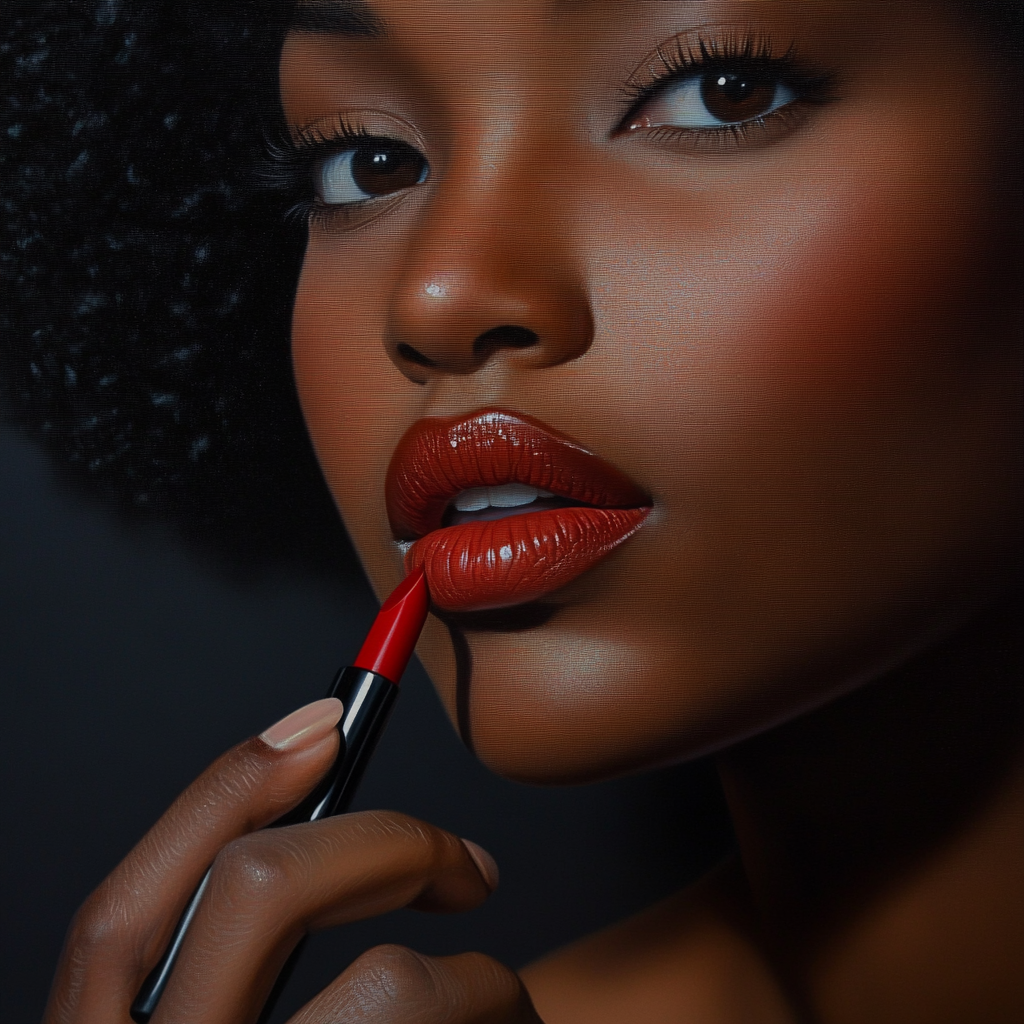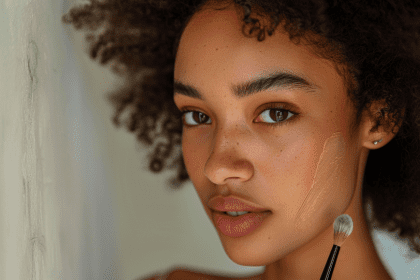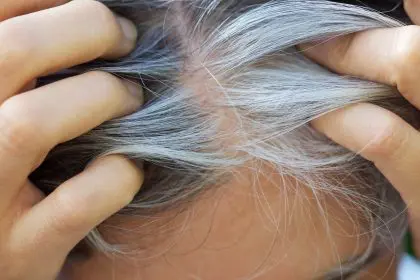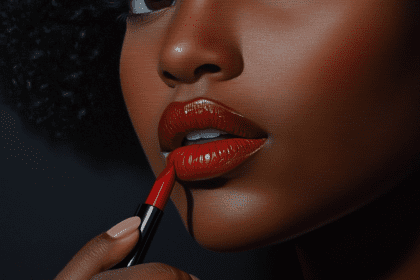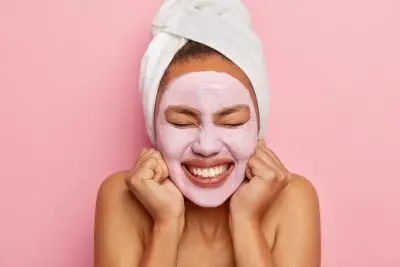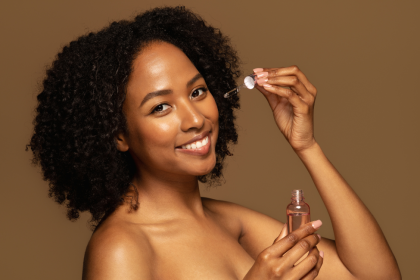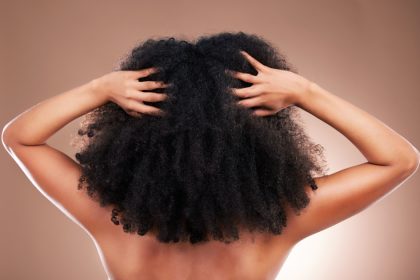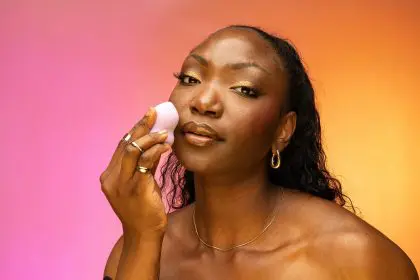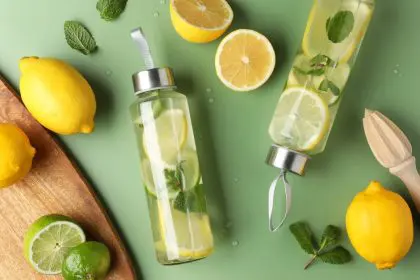That expensive tube of lipstick you’re wearing might be delivering a cocktail of synthetic dyes, petroleum derivatives, and chemical preservatives directly onto one of your body’s most absorbent surfaces. Your lips don’t have the protective barrier that other skin areas possess, which means whatever you put on them gets absorbed directly into your bloodstream within minutes.
Natural pigments from plants, fruits, and other organic sources can provide beautiful lip color without the health risks associated with conventional cosmetics. These botanical colorants have been used safely for thousands of years, long before the chemical industry convinced us that synthetic alternatives were somehow better or more effective.
The most surprising part about natural lip tinting is how accessible and affordable these alternatives are. Many of the most effective natural colorants are probably sitting in your kitchen right now, waiting to provide gorgeous lip color without the synthetic ingredients that could be disrupting your hormones or causing allergic reactions.
Why your lips absorb everything you put on them
Your lip skin is fundamentally different from the skin on the rest of your body, lacking the stratum corneum barrier that provides protection against chemical absorption elsewhere. This means that ingredients in lip products penetrate directly into your bloodstream without the filtering and protection you get from normal skin.
The thin, delicate nature of lip skin also makes it more susceptible to irritation and allergic reactions from synthetic ingredients. Chemical dyes, preservatives, and fragrances that might be tolerated elsewhere on your body can cause immediate sensitivity reactions when applied to your lips.
The constant unconscious licking and ingesting that happens throughout the day means you’re literally eating whatever lip products you apply. Those synthetic colorants and chemical preservatives aren’t just being absorbed through your skin, they’re being consumed directly as you naturally moisten your lips with your tongue.
Your lips also have a rich blood supply that facilitates rapid absorption of any chemicals applied to them. This direct pathway to your circulatory system means that lip products can have systemic effects throughout your body, not just local effects on your lips.
The berry stains that create perfect natural color
Fresh berries contain anthocyanins and other natural pigments that can temporarily stain your lips with beautiful, long-lasting color. Blackberries, blueberries, raspberries, and strawberries all contain different concentrations of these safe, natural colorants that provide gorgeous tinting effects.
The intensity and duration of berry staining depends on the specific fruit and your individual lip chemistry, but most berry stains last several hours and provide a natural-looking flush of color that’s impossible to replicate with synthetic dyes. The color gradually fades naturally without the harsh demarcation lines that synthetic lipsticks often create.
Berry pigments are not only safe for consumption, they’re actually beneficial, providing antioxidants and vitamins that can improve lip health while delivering color. Unlike synthetic dyes that may cause irritation or allergic reactions, berry pigments are naturally compatible with human biology.
Different berries provide different color profiles, from the deep purples of blackberries to the bright reds of strawberries, allowing you to customize your natural lip color based on your preferences and skin tone. Mixing different berry juices can create custom shades that perfectly complement your complexion.
The flower petals that have colored lips for centuries
Rose petals contain natural pigments that have been used for lip coloring since ancient times, providing soft pink to deep red hues depending on the variety and concentration used. Rose petal preparations are gentle, moisturizing, and provide subtle, buildable color that looks completely natural.
Hibiscus flowers produce vibrant red pigments that create stunning natural lip color while also providing beneficial compounds that can improve lip texture and hydration. Hibiscus has been used traditionally for cosmetic purposes across many cultures because of its safety and effectiveness.
Marigold petals contain carotenoids that provide warm orange and yellow tones, perfect for creating coral or peachy lip shades that complement warmer skin tones. These flowers also have anti-inflammatory properties that can actually improve lip health while providing color.
Beetroot, while technically not a flower, contains betalains that create beautiful natural red and pink tones for lips. Beet juice can be concentrated and applied directly or mixed with other natural ingredients to create custom lip tints that are completely safe and surprisingly long-lasting.
The spice rack pigments that double as lip color
Paprika contains carotenoids that provide warm red-orange tones perfect for creating natural coral or brick-colored lip tints. Food-grade paprika is completely safe for lip application and provides rich, earthy tones that complement many skin types beautifully.
Turmeric, when used sparingly and properly prepared, can provide warm golden undertones that enhance natural lip color rather than creating obvious pigmentation. The anti-inflammatory properties of turmeric can actually benefit lip health while providing subtle color enhancement.
Cinnamon contains natural compounds that can create a warming flush of color by increasing blood circulation to the lips. This creates a natural plumping and tinting effect that enhances your lips’ natural color from within rather than masking it with artificial pigments.
Cocoa powder provides rich brown tones that can create natural nude or chocolate-colored lip tints. Pure cocoa is moisturizing and contains beneficial compounds that nourish lips while providing sophisticated, wearable color that works with any skin tone.
The traditional techniques that make pigments lip-safe
Creating natural lip tints requires proper extraction and preparation techniques to ensure safety and effectiveness. Simple methods like steeping flowers or fruits in oil can extract pigments while creating nourishing base preparations that condition lips while providing color.
Oil infusions using coconut oil, jojoba oil, or other lip-safe carrier oils can extract and preserve natural pigments while creating preparations that moisturize and protect lips. These oil-based tints provide long-lasting color with beneficial skin-conditioning properties.
Water-based extractions can create temporary lip stains that provide intense color for shorter periods. These preparations work well for special occasions when you want dramatic natural color that will fade naturally throughout the day.
Powder preparations using dried, ground natural colorants can be mixed with lip-safe bases like beeswax or shea butter to create solid lip tints that combine the convenience of traditional lipstick with the safety of natural ingredients.
The color intensity factors you can control
The concentration of natural pigments determines color intensity, allowing you to create everything from subtle lip stains to dramatic natural colors. Starting with lighter concentrations and building up allows you to achieve your desired intensity without overdoing it.
Application techniques also affect color intensity and longevity. Pressing and patting natural pigments into lips creates more intense, longer-lasting color than simply brushing them on lightly. Multiple thin layers often provide better results than single heavy applications.
Your individual lip chemistry affects how natural pigments appear and last on your lips. Factors like lip pH, natural moisture levels, and skin tone all influence how natural colorants will look and perform on your specific lips.
The base ingredients you mix with natural pigments can enhance both color intensity and longevity. Slightly acidic bases can intensify certain plant pigments, while oil-based preparations tend to provide longer-lasting color than water-based applications.
Why natural doesn’t automatically mean safe
Not all natural substances are appropriate for lip application, and some plants contain compounds that can cause irritation or allergic reactions even though they’re technically natural. Proper identification and preparation of natural colorants is essential for safe use.
Essential oils, while natural, are often too concentrated and potentially irritating for direct lip application. Many natural lip tinting recipes incorrectly include essential oils that can cause sensitivity reactions or chemical burns on the delicate lip tissue.
Some natural pigments can cause staining that’s more permanent than desired, particularly if you have sensitive or very porous lip skin. Testing natural colorants on a small area first can help you determine how your lips will react and how long the color will last.
Quality and source matter significantly with natural ingredients. Organic, food-grade sources are generally safer for lip application than decorative or craft-grade natural materials that may contain contaminants or processing chemicals.
The preparation methods that maximize safety and color
Proper sterilization of natural ingredients prevents bacterial contamination that could cause lip infections or other problems. Boiling water extractions or alcohol-based preparations can help ensure that natural colorants are free from harmful microorganisms.
Strain and filter natural preparations to remove plant particles that could cause irritation or create gritty textures on your lips. Smooth, particle-free preparations are more comfortable to wear and less likely to cause mechanical irritation.
pH testing of natural lip preparations can help ensure they’re within safe ranges for lip application. Highly acidic or alkaline preparations can cause irritation even if the source ingredients are individually safe.
Small batch preparation ensures freshness and reduces the risk of spoilage. Natural lip tints don’t contain synthetic preservatives, so they have shorter shelf lives than commercial products and should be prepared in quantities that can be used relatively quickly.
The storage secrets that preserve natural lip color
Refrigeration can extend the life of natural lip tints, particularly water-based preparations that are more susceptible to bacterial growth. Cool storage also helps preserve the potency of natural pigments that can degrade with heat and light exposure.
Dark containers protect natural pigments from light-induced degradation that can cause color changes and reduce effectiveness. Glass containers are preferable to plastic for storing natural preparations, as they don’t absorb or leach chemicals that could contaminate your natural lip tints.
Proper labeling with preparation dates helps ensure you use natural lip tints while they’re still fresh and effective. Most natural preparations should be discarded after a few weeks unless they contain natural preservatives or are stored under optimal conditions.
Clean application tools prevent cross-contamination and bacterial growth in natural lip preparations. Using fresh applicators or cleaning tools between uses helps maintain the integrity and safety of your natural lip tints.
The custom blending possibilities with natural pigments
Mixing different natural colorants allows you to create custom shades that perfectly match your preferences and skin tone. Combining berry juices with flower petal extracts can create unique colors that aren’t available in commercial products.
Layering different natural pigments can create complex, sophisticated colors with depth and dimension that synthetic colorants often lack. Natural pigments interact with each other and your lip chemistry in ways that create unique, personalized results.
Seasonal variations in natural ingredients mean your lip colors can change throughout the year, providing natural variety that keeps your look fresh and interesting. Spring flower petals create different effects than summer berries or autumn spice preparations.
Adding natural moisturizing ingredients like honey, coconut oil, or shea butter to pigmented preparations creates nourishing lip treatments that condition while they color. These multi-functional preparations provide beauty and lip care benefits simultaneously.
Your lips deserve better than synthetic chemicals
The shift toward natural lip pigments isn’t just about avoiding potentially harmful synthetic ingredients, it’s about embracing colorants that work with your body’s natural chemistry rather than against it. Natural pigments provide beautiful results while supporting rather than compromising your health.
The accessibility and affordability of natural lip colorants make them viable alternatives to expensive commercial products that may contain questionable ingredients. Your kitchen and garden can provide safer, more sustainable lip color options that often perform better than their synthetic counterparts.
Experimenting with natural lip pigments connects you to traditional beauty practices that have been used safely for thousands of years. These time-tested approaches to lip coloring offer both historical wisdom and modern safety benefits that synthetic alternatives simply can’t match.

